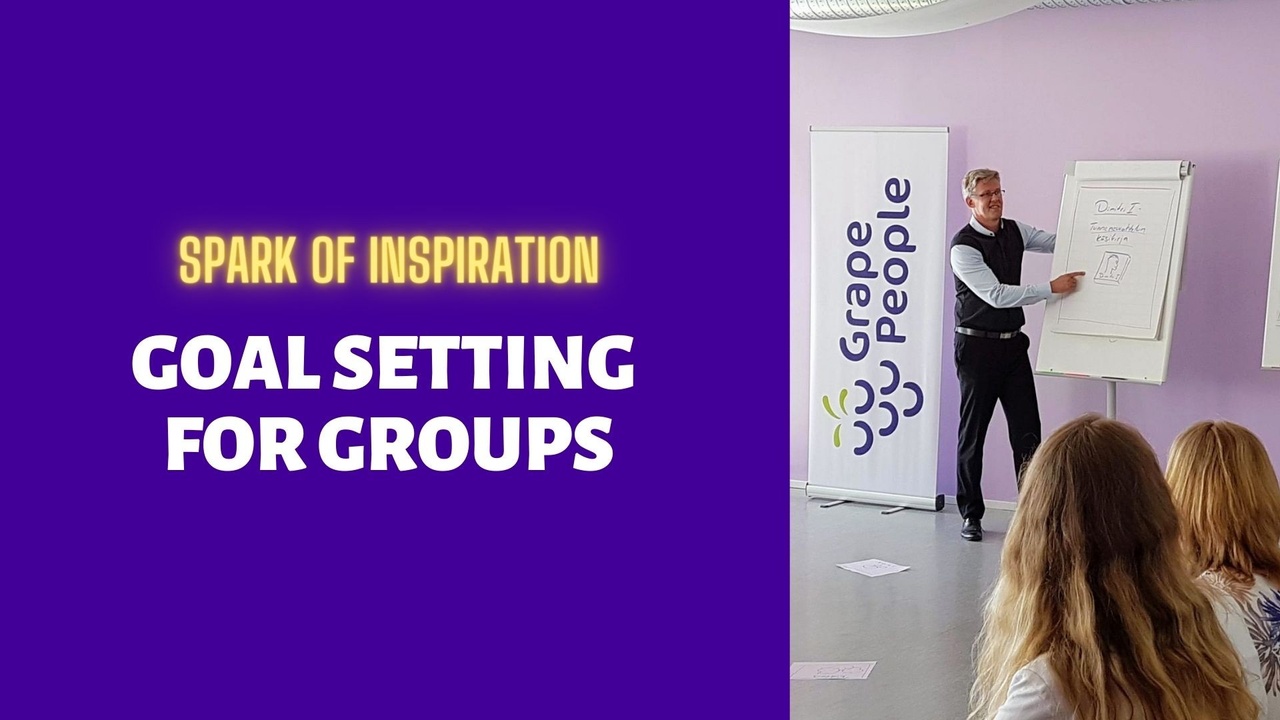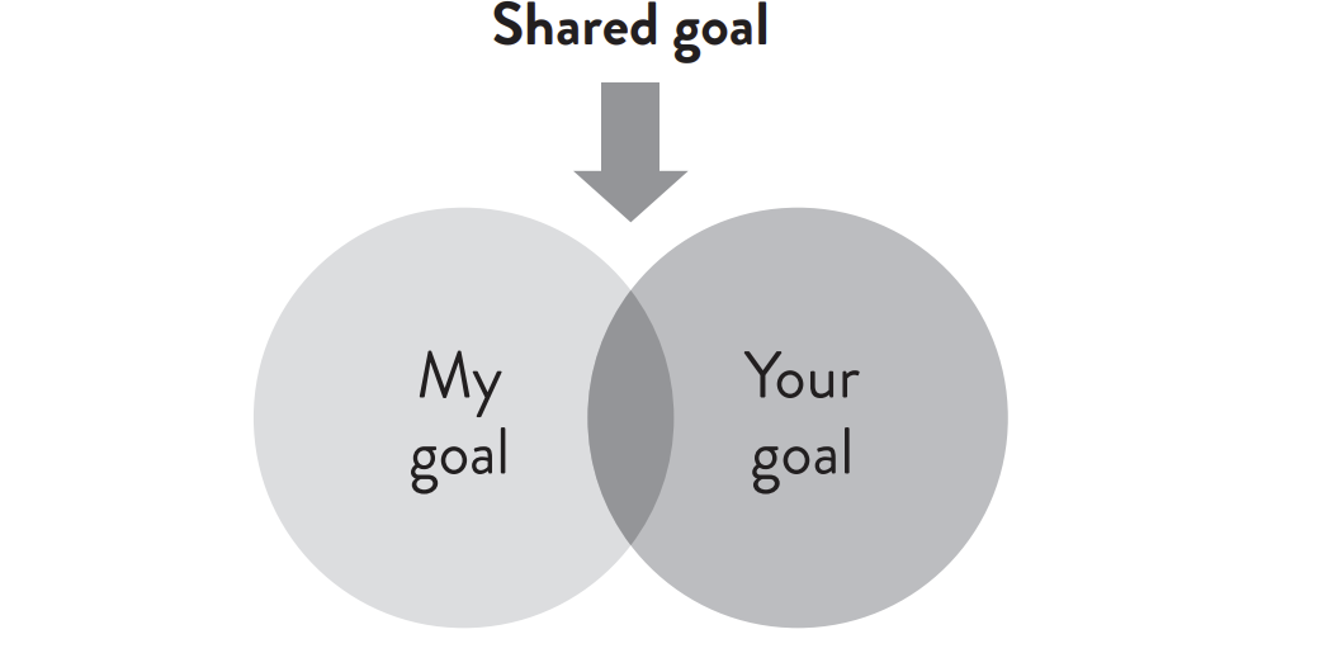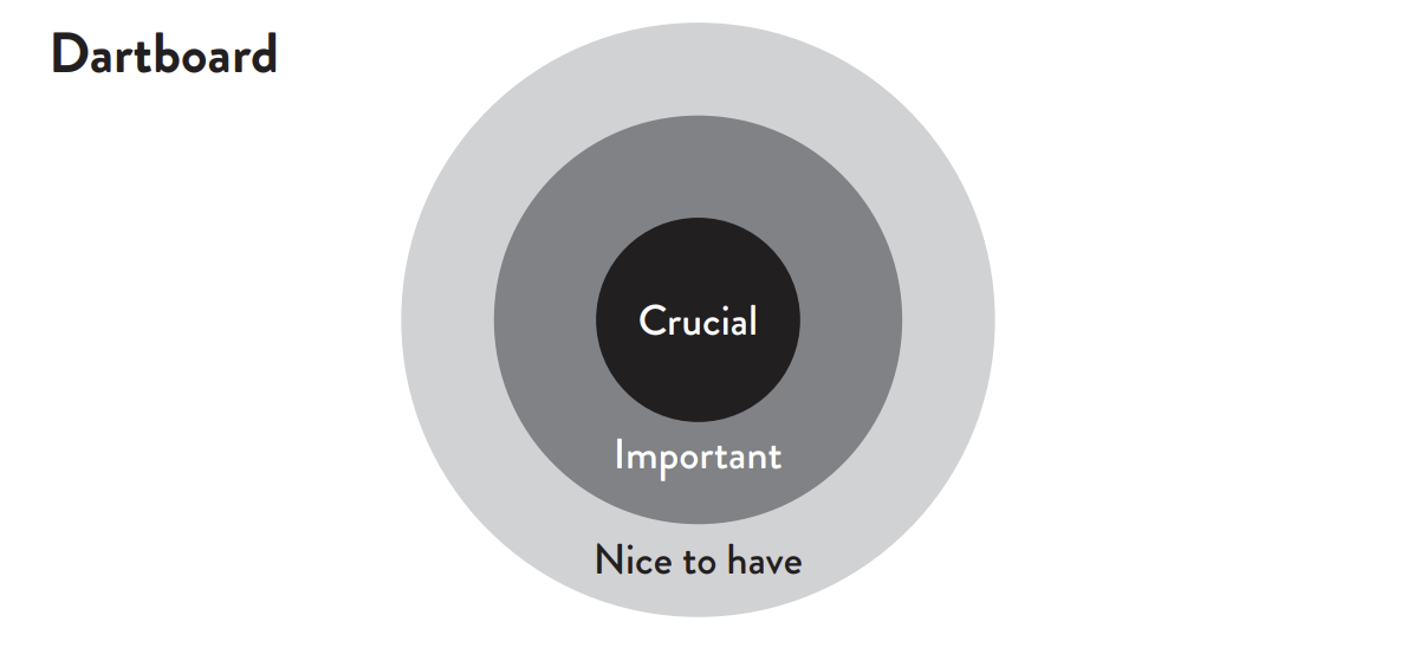Setting Goals in a Group

2022 is well underway, so let me offer a belated Happy New Year to all you dear readers. As you probably already know, the beginning of a new year is a popular time to set personal goals. Perhaps you are already suffering through a new diet or depriving yourself of a guilty pleasure right now! New Year’s resolutions, or goals, in other words, can be tricky business, and anyone who has attempted to make shared goals with others knows that goal setting in groups is even more complicated. An individual’s motives and viewpoints make it hard for people to understand each other and set goals together. But if people are not aligned around the same shared goals, then accomplishing the goals is next to impossible. But do not fear! My first spark of inspiration for 2022 is how you can effectively set goals in groups. In this spark of inspiration, I will share three essential tools for setting goals in a group: the Wishing activity, Me/We/Us, and Dartboard.
Start by making a wish
Talking about goals can be difficult. Goals often feel big and a bit abstract. They are revealing and make for heavy conversation. One tool I like to use to help people define their goals is Wishing. Wishing gets people to open up about their goals in an approachable and informal way. It requires participants to list their wishes, not goals. When I use Wishing, I usually have people work individually so they can go at their own pace.

For most, a wish is associated with childhood and dreaming with your heart for an item, outcome, or reality that you desire. The Wishing Activity is a great way to get folks to make a list of wishes that are really goals in disguise.
Time for me, time for we, and time for us
Once you have gotten each person to write down their goals using the Wishing activity or something similar, you need to get people to share their goals. I use a structure called Me/We/Us for my sessions. Me/We/Us is a structure that gives time to create ideas individually (Me), then in small groups (We), and finally together as one large group (Us).

When I use Me/We/Us in my own facilitation sessions, it looks like this. First, I ask the group a question and give them time for individual thought. If you want to focus on creating goals, you can use the Wishing activity in the Me phase and use the prompt:
Wouldn’t it be nice if our Team…..
After that, I have them discuss in pairs or small groups, and finally, everyone is brought back together for group discussion. All three stages of Me/We/Us create a group atmosphere where everyone is comfortable participating. Me allows time for introverts to gather their thoughts and formulate ideas. We is the platform to share these ideas. It helps people get deeper into their own ideas and provides psychological safety for sharing their thoughts with others. Finally comes Us, a platform for informing others. During the Us section, ideas are shared, but usually not developed further. Me/We/Us is not limited to only goals for a team. It can be applied anytime you want to get everyone involved. Me/We/Us is a highly effective group energiser that you should frequently use.
Bullseye marks the best goals
The Dartboard activity is simple and has only one objective—place your goal on the dartboard in relation to its importance. I use it for the Us stage of Me/We/Us. So when using this activity with group goal-setting, I would have already used the wishing activity to get folks to write down their goals individually (Me). I also would have had repeated rounds of discussion in small groups to refine their goals and create new ones (We). Once those things have been done, it would be a great time to choose the best goals using the Dartboard activity.
The activity works like this. Draw a dartboard on a piece of flipchart paper that looks like this:

Then distribute post-it notes to everyone and instruct them to write down their favourite goals-one goal per post-it note. Once they do that, they are free to place their goals on the dartboard. If they see someone else put a goal on the dartboard in the wrong place, they can approach the dartboard and move it to a different section where they think it belongs. They do this individually, and most importantly, silently! I tell groups to play the game silently because although people are not talking, they are going through a critical thinking process as they see ideas being moved around on the dartboard and prepare to move the ideas themselves. Silently observing others during the game of darts requires participants to think about the logic of the ideas. When someone watches another person place an idea on the board, they read it and at the same time consider its placement on the dartboard. Why was it placed there? Does it make sense? Do I want to move it? As they ask themselves these questions, they reflect on the underlying logic behind the goal without talking about it. The activity would also take much too long if people could discuss where each idea belongs on the dartboard.
Now that you know about the Wishing activity, Me/We/Us, and the Dartboard activity, I sincerely wish that you feel more confident about setting goals in groups. I hope that you reach your goals in 2022, and I will be back soon with another spark of inspiration for you.
If you wish to learn more about these topics,
check out our upcoming training >>

⭐ Learn more about Breakthrough Decision Making >> ⭐
About the trainer:
Pepe Nummi is a trailblazer of facilitation and an author in Finland. He is the first certified professional facilitator in the country and one of the founders of Grape People – Finland’s first company focusing on facilitation. Over the course of his long career, he has trained over 15,000 people in more than 20 different countries.
Get to know Pepe: LinkedIn | Twitter
Feel free to reach out in case you would like a tailored training
for your team or organization: [email protected].
We are more than happy to help you!



